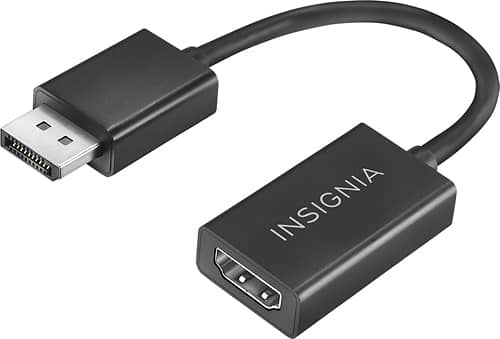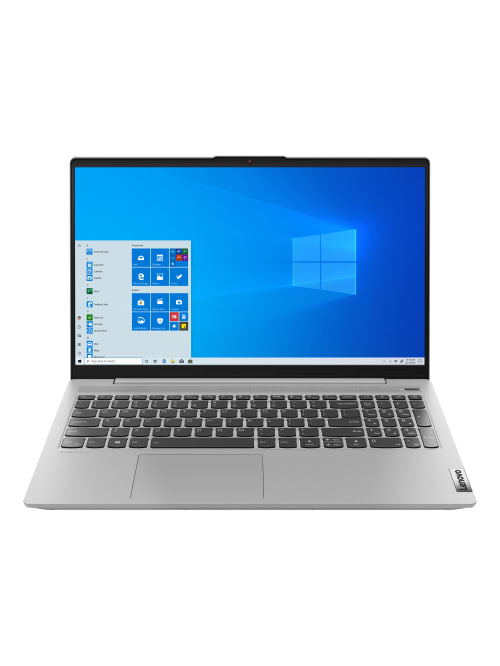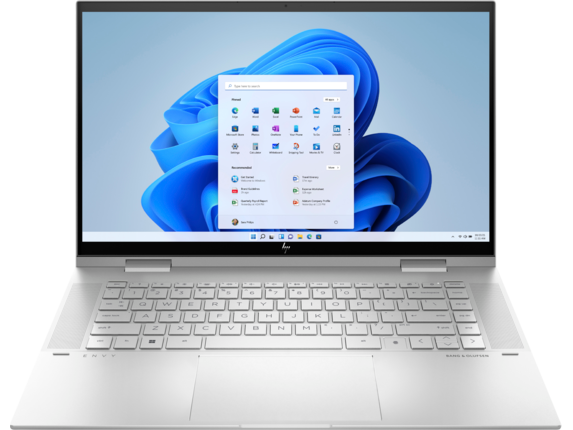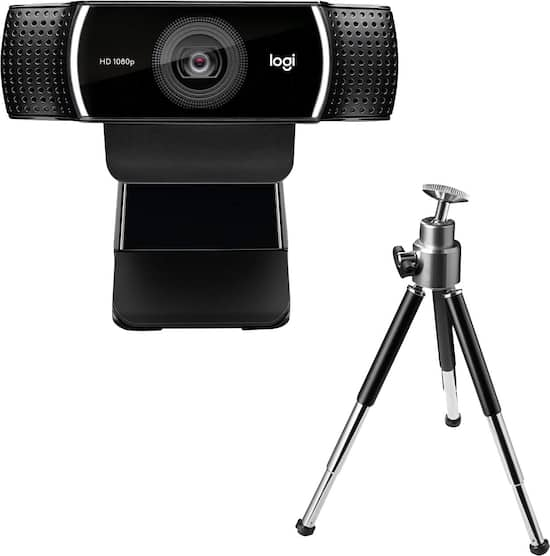ThinkPad X1 Carbon Gen 9 | Business Laptop | Lenovo US
Lenovo ThinkPad X1 Carbon Gen 9 premium business computer. Features a Intel® Evo™ platform, more screen, wider touchpad.
Power & portability in a premium package
- Designed on Intel® Evo™ vPro® platform
- Ultrathin & ultralight redesigned chassis
- A host of new features that add convenience, improved technology
- An impressive 16:10 display
- A wider TouchPad
- A larger battery for more time unplugged
- Rear ventilation to improve efficiency
- A super-responsive laptop that’s ready whenever you need it
Responsiveness reimagined
With the Intel® Evo™ platform, the ThinkPad X1 Carbon Gen 9 laptop delivers a powerhouse combination of performance, responsiveness, battery life, and stunning visuals. With up to 11th Gen Intel® Core™ i7 vPro® processors, you can count on an exceptional experience, anywhere.
Cool under pressure
The new one-bar hinge, dual fan, and rear venting for an improved Intelligent Thermal Solution mean you can put in long hours on the job, and the ThinkPad X1 Carbon Gen 9 laptop will stay as cool as you are.
Security integrated seamlessly
With an updated suite of built-in ThinkShield security solutions, safeguards your ThinkPad X1 Carbon Gen 9 and your data. Biometrics provide an extra-secure fingerprint reader that is standard and is integrated with the power button—so you can log in and boot up instantaneously. Human-presence detection automatically locks your device when you move away, and in combination with the optional IR camera, it enables zero-touch login even from sleep. Plus, choose the PrivacyGuard display panel to ensure wandering eyes can’t see what’s on your screen.
Vibrant visuals easy on the eyes
The Lenovo ThinkPad X1 Carbon Gen 9 features a refined 16:10 display with narrow bezels and a rich, high-resolution screen. Choose the UHD+ panel with Dolby Vision™ to improve your viewing experience. Powerful Intel® Iris™ Xe graphics render amazing picture clarity and color accuracy—whether you’re video-conferencing, browsing, or watching media. Not only is this low-power panel energy efficient, but it’s also TÜV Rheinland-certified for reduced blue-light emissions to promote eye-care health.
Not all panels include all features. See tech specs for details.
Enhanced remote collaboration
The Dolby Atmos® Speaker System on the ThinkPad X1 Carbon Gen 9 laptop includes two upward-firing speakers and two downward-firing woofers—this creates an immersive sound experience you’ll enjoy for work and for play. Dolby Voice® and four 360-degree far-field mics combined with a high-definition camera for visual clarity improve remote collaboration and ensure you’re heard loud and clear during calls.
Future-proof
The ThinkPad X1 Carbon Gen 9 laptop offers a true smartphone-like experience in an always-connected PC. Speedy WiFi 6 lets you jump on crowded public platforms fast while avoiding lag-time and buffering. And with the optional 4G / 5G WWAN*, you can enjoy faster, more secure access to your network and uninterrupted video streaming. Stay connected to what matters most, no matter where you are.
* Optional WWAN availability varies by region and must be configured at time of purchase; it requires a network service provider. 4G available Spring 2021. 5G available May 2021.
Additional information
| Dimensions | 14.9mm x 314.5mm x 221.6mm / 0.59" x 12.38" x 8.72" |
|---|---|
| Weight | Starting at 2.49 lbs (1.13 kg) |
Business is the practice of making one's living or making money by producing or buying and selling products (such as goods and services). It is also "any activity or enterprise entered into for profit."
A business entity is not necessarily separate from the owner and the creditors can hold the owner liable for debts the business has acquired except for limited liability company. The taxation system for businesses is different from that of the corporates. A business structure does not allow for corporate tax rates. The proprietor is personally taxed on all income from the business.
A distinction is made in law and public offices between the term business and a company (such as a corporation or cooperative). Colloquially, the terms are used interchangeably.
Corporations are distinct from sole proprietors and partnerships. Corporations are separate and unique legal entities from their shareholders; as such they provide limited liability for their owners and members. Corporations are subject to corporate tax rates. Corporations are also more complicated, expensive to set up, along with the mandatory reporting of quarterly or annual financial information to the national (or state) securities commissions or company registers, but offer more protection and benefits for the owners and shareholders.
Individuals who are not working for a government agency (public sector) or for a mission-driven charity (nonprofit sector), are almost always working in the private sector, meaning they are employed by a business (formal or informal), whose primary goal is to generate profit, through the creation and capture of economic value above cost. In almost all countries, most individuals are employed by businesses (based on the minority percentage of public sector employees, relative to the total workforce).
Carbon (from Latin carbo 'coal') is a chemical element; it has symbol C and atomic number 6. It is nonmetallic and tetravalent—meaning that its atoms are able to form up to four covalent bonds due to its valence shell exhibiting 4 electrons. It belongs to group 14 of the periodic table. Carbon makes up about 0.025 percent of Earth's crust. Three isotopes occur naturally, 12C and 13C being stable, while 14C is a radionuclide, decaying with a half-life of 5,700 years. Carbon is one of the few elements known since antiquity.
Carbon is the 15th most abundant element in the Earth's crust, and the fourth most abundant element in the universe by mass after hydrogen, helium, and oxygen. Carbon's abundance, its unique diversity of organic compounds, and its unusual ability to form polymers at the temperatures commonly encountered on Earth, enables this element to serve as a common element of all known life. It is the second most abundant element in the human body by mass (about 18.5%) after oxygen.
The atoms of carbon can bond together in diverse ways, resulting in various allotropes of carbon. Well-known allotropes include graphite, diamond, amorphous carbon, and fullerenes. The physical properties of carbon vary widely with the allotropic form. For example, graphite is opaque and black, while diamond is highly transparent. Graphite is soft enough to form a streak on paper (hence its name, from the Greek verb "γράφειν" which means "to write"), while diamond is the hardest naturally occurring material known. Graphite is a good electrical conductor while diamond has a low electrical conductivity. Under normal conditions, diamond, carbon nanotubes, and graphene have the highest thermal conductivities of all known materials. All carbon allotropes are solids under normal conditions, with graphite being the most thermodynamically stable form at standard temperature and pressure. They are chemically resistant and require high temperature to react even with oxygen.
The most common oxidation state of carbon in inorganic compounds is +4, while +2 is found in carbon monoxide and transition metal carbonyl complexes. The largest sources of inorganic carbon are limestones, dolomites and carbon dioxide, but significant quantities occur in organic deposits of coal, peat, oil, and methane clathrates. Carbon forms a vast number of compounds, with about two hundred million having been described and indexed; and yet that number is but a fraction of the number of theoretically possible compounds under standard conditions.
Gen is most commonly seen as a contraction (such as Gen.) and it may refer to:
- Book of Genesis
- General officer
- Generation#Western world as in GenX, GenZ, etc.
- Genitive case
Gen may also refer to:
- Gen (film), 2006 Turkish horror film directed by Togan Gökbakar
- Gen_, a documentary 2025 film
- Gen (Street Fighter), a video game character from the Street Fighter series
- Gen Fu, a video game character from the Dead or Alive series
- Gen language, a language of Togo
- Gen-san, a character in the anime series Sky Girls
- Gen Asagiri (あさぎり ゲン (浅霧 幻)), a character in the anime and manga series Dr. Stone
- Gen Tomii (富井 彦; born 1973), Japanese Nordic combined skier
- Gen Hoshino (星野 源; born 1981), Japanese singer-songwriter, musician, actor, and writer
- Gen Kitchen, British politician
- Gen Shoji (昌子 源; born 1992), Japanese footballer
- Gen Urobuchi (虚淵 玄; born 1972), Japanese novelist, visual novel writer and anime screenwriter
- Gen Fukunaga (福永 元; born 1962), Japanese engineer and businessman
- Gen Nakatani (中谷 元; born 1957), Japanese politician
- Gen Horiuchi (堀内 元), Japanese ballet dancer and choreographer
- Gen Digital, a computer security software company in United States
GEN may refer to:
- GEN Corporation, of Japan
- GEN, Global Enterprise Network, a UK Internet Service Provider
- GEN Energija, a state-owned power company in Slovenia
- GEN, a website published by Medium
- Global Ecovillage Network
- Global Editors Network
- Gewestelijk ExpresNet, Dutch name for the Brussels Regional Express Network, a commuter rail service
A laptop computer or notebook computer, also known as a laptop or notebook, is a small, portable personal computer (PC). Laptops typically have a clamshell form factor with a flat-panel screen on the inside of the upper lid and an alphanumeric keyboard and pointing device on the inside of the lower lid. Most of the computer's internal hardware is in the lower part, under the keyboard, although many modern laptops have a built-in webcam at the top of the screen, and some even feature a touchscreen display. In most cases, unlike tablet computers which run on mobile operating systems, laptops tend to run on desktop operating systems, which were originally developed for desktop computers.
Laptops are used in a variety of settings, such as at work (especially on business trips), in education, for playing games, content creating, web browsing, for personal multimedia, and for general home computer use. They can run on both AC power and rechargable battery packs and can be folded shut for convenient storage and transportation, making them suitable for mobile use. Laptops combine essentially the same input/output components and capabilities of a desktop computer into a single unit, including a display screen (usually 11–17 in or 280–430 mm in diagonal size), small speakers, a keyboard, and a pointing device (usually touchpads). Hardware specifications may vary significantly between different types, models, and price points.
The word laptop, modeled after the term desktop (as in desktop computer), refers to the fact that the computer can be practically placed on the user's lap; while the word notebook refers to most laptops being approximately similar in size to a paper notebook. As of 2024, in American English, the terms laptop and notebook are used interchangeably; in other dialects of English, one or the other may be preferred. The term notebook originally referred to a type of portable computer that was smaller and lighter than mainstream laptops of the time, but has since come to mean the same thing and no longer refers to any specific size.
Design elements, form factors, and construction can also vary significantly between models depending on the intended use. Examples of specialized models of laptops include 2-in-1 laptops, with keyboards that either be detached or pivoted out of view from the display (often marketed having a "laptop mode"), and rugged laptops, for use in construction or military applications. Portable computers, which later developed into modern laptops, were originally considered to be a small niche market, mostly for specialized field applications, such as in the military, for accountants, or travelling sales representatives. As portable computers evolved into modern laptops, they became widely used for a variety of purposes.
Lenovo Group Limited, trading as Lenovo ( lə-NOH-voh, Chinese: 联想; pinyin: Liánxiǎng), is a Hong Kong based Chinese multinational technology company specializing in designing, manufacturing, and marketing consumer electronics, personal computers, software, servers, converged and hyperconverged infrastructure solutions, and related services. Its global headquarters are in Beijing, China, and Morrisville, North Carolina, United States; it has research centers at these locations, elsewhere in China, Hong Kong and Taiwan, in Stuttgart, Germany, and in Yamato, Kanagawa, Japan.
Lenovo originated as an offshoot of a state-owned research institute. Then known as Legend and distributing foreign IT products, co-founder Liu Chuanzhi incorporated Legend in Hong Kong in an attempt to raise capital and was successfully permitted to build computers in China, and were helped by the American AST Research. Legend listed on the Hong Kong Stock Exchange in 1994 and became the largest PC manufacturer in China and eventually in Asia; they were also domestic distributors for HP printers, Toshiba laptops, and others. After the company rebranded itself to Lenovo, it acquired IBM's PC business including its ThinkPad line in 2005, after which it rapidly expanded abroad. In 2013, Lenovo became the world's largest personal computer vendor by unit sales for the first time, a position it still holds as of 2024.
Products manufactured by the company include desktop computers, laptops, tablet computers, smartphones, workstations, servers, supercomputers, data storage devices, IT management software, and smart televisions. Its best-known brands include its ThinkPad business line of notebooks, the IdeaPad, Yoga, LOQ, and Legion consumer lines of notebooks, and the IdeaCentre, LOQ, Legion, and ThinkCentre lines of desktops. Lenovo is also part of a joint venture with NEC, named Lenovo NEC Holdings, that produces personal computers for the Japanese market. The company also operates Motorola Mobility which produces smartphones.
ThinkPad is a line of business-oriented laptop and tablet computers produced since 1992. It was originally designed, created and manufactured by the American International Business Machines (IBM) Corporation. IBM sold its PC business to the Chinese company Lenovo in 2005 and since 2007 all ThinkPad models have been manufactured by them.
The ThinkPad line was first developed at the IBM Yamato Facility in Japan; they have a distinct black, boxy design, which originated in 1990 and is still used in some models. Most models also feature a red-colored trackpoint on the keyboard, which has become an iconic and distinctive design characteristic associated with the ThinkPad line. It has seen significant success in the business market while certain models target students and the education market. ThinkPad laptops have been used in outer space and for many years were the only laptops certified for use on the International Space Station (ISS). ThinkPads have also for several years been one of the preferred laptops used by the United Nations.









by Glad
Light weight, easy to set up, super fast browsing speed.
by Christy
It is a great laptop. I sadly bought it for an employee, meaning I don’t get to keep it. While I set it up, the keyboard was silky smooth. I am a keyboard snob, and this one passes wjth flying colors/keys. I would like to get a Carbon for myself next time around. I currently have a Lenovo E550 that I love, though. .
by Gill
Great durable work laptop. Like the privacy screen.